
How a Swiss start-up wants to reinvent nuclear energy

Transmutex is developing a new type of nuclear reactor that burns thorium instead of uranium. These power plants would be able to produce electricity safely and without highly radioactive waste. An ambitious project which could change the landscape of nuclear energy.
“When a Nobel Prize winner asks you to work with him, it’s hard to say no”. Federico Carminati, a nuclear scientist and founder of Swiss startup Transmutex, vividly recalls the phone call he received from Carlo Rubbia, who was then the director of the European Organisation for Nuclear Research (known as CERN) based in Geneva.
“It was 1990 and I was a young employee at CERN. Rubbia asked me to participate in the development of a new type of nuclear reactor,” Carminati remembers.
There was a lot of euphoria surrounding the project, but in the end, the idea of a thorium reactor combined with a particle accelerator ended up in a drawer. The nuclear industry had little interest in innovation and the problem of storing radioactive waste was not yet pressing.
Some thirty years later, times have changed. Nuclear energy has shown its limits, notably when it comes to waste and safety. For Carminati, it was time to dust off Rubbia’s project. In 2019, he founded the start-up Transmutex together with a French entrepreneur Franklin Servan-Schreiber. Their aim was to “reinvent” nuclear power altogether.
Thorium instead of uranium
In a nuclear power plant, heat is produced by splitting atoms – a process called nuclear fission. In a conventional reactor, neutrons collide with fuel atoms – usually uranium or plutonium. As the atoms split, they release energy and more neutrons, resulting in a chain reaction. The generated heat is then used to produce steam and eventually electricity.
>> The short animation below illustrates what happens during nuclear fission:
A nuclear power station produces electricity continuously and in large quantities without emitting greenhouse gases. However, it generates radioactive waste that most countries, including Switzerland, do not yet know where to store permanently.
Transmutex’s solution is to use thorium instead of uranium and to combine it with a particle accelerator. Thorium is a weakly radioactive metal that occurs abundantly in rocks in almost the entire Earth’s crust. “It is much more democratic than uranium,” says Carminati. Most of the uranium used as nuclear fuel is extracted from mines in Kazakhstan, Australia and Canada.
Thorium is fissioned inside a reactor kept in a sub-critical state and fed neutrons via a particle accelerator. This means that, unlike conventional reactors, the plant is incapable of sustaining a chain reaction. Once the flow of neutrons is interrupted, the reactor shuts down immediately. This function would have prevented the deadly accident at Chernobyl in 1986.
Less nuclear waste
There are many advantages to a thorium reactor with a particle accelerator, according to Carminati. The radioactive decay time of thorium by-products is much shorter than that of uranium – 300 years instead of 300,000. The amount of hazardous waste would also be significantly reduced. “We are talking about a few kilograms instead of tons,” says Carminati.

The thorium cycle would also have the advantage of preventing nuclear proliferation. The by-products of thorium fission cannot be used to make an atomic bomb, he says.
But that’s not all. A thorium reactor could also be powered by nuclear waste from existing nuclear power plants. The flow of ultra-fast particles makes it possible to burn the waste and produce energy. In addition, in what is technically known as ‘transmutation’ (hence the name of the Transmutex start-up) some of the short-lived radioactive waste could also be transformed into stable elements. “This could solve the problem of the accumulation and storage of highly radioactive waste,” says Carminati.
Collaboration with Russia and the US
Transmutex wants to exploit technologies developed in Switzerland and abroad. Together with the Paul Scherrer Institute – Switzerland’s leading research centre for natural and engineering sciences – it wants to build a particle accelerator that is more powerful than those currently used for cancer treatment.
The start-up has already attracted international partners. Russia’s nuclear energy corporation, Rosatom, is looking into the possibility of developing the reactor. Argonne National Laboratory, one of the most important nuclear research laboratories in the United States, is working on thorium fuel.
“We have all the essential elements to build a new type of reactor, and all that remains is to assemble them,” says Carminati. Transmutex’s goal is to have a demonstration prototype ready by the early 2030s.
“Nuclear ‘renaissance’
The time seems ripe for a new generation of nuclear power plants. The need to reduce CO2 emissions and fears of prolonged power cuts are reviving the option. Currently, the 440 or so nuclear power plants in operation around the world generate about 10% of the electricity consumed globally.
Work is under way in several countries to make nuclear reactors more compact, simpler, safer and cheaper. US President Joe Biden has earmarked $2.5 billion for research and industrial demonstration of advanced reactors, while TerraPower, a company founded by Bill Gates, is ready to build the first of hundreds of miniature sodium nuclear power plants. In China, the first thorium-fueled nuclear reactors will soon go into operation, but using a different technology than Transmutex.
The nuclear energy ‘renaissance’ is also taking place on the European continent. The European Commission wants to include the atom, as well as natural gas, among the “green” sources to promote energy transition. This line is supported by France, but opposed by Germany, which after Fukushima decided to close its nuclear power stations.
In 2017, Switzerland also opted for a gradual phase-out of nuclear power. However, representatives of the right-wing parties are arguing that this policy be reconsidered as part of the long-term energy strategy in order to avoid supply problems. On February 12th, the Radical-Liberal Party will in turn vote whether to do a U-turn and oppose the current law which bans all new constructions of nuclear plants in Switzerland. They argue the law should not prohibit technologies that allow the expansion and replacement of Swiss production facilities.
For its part, the Swiss Energy Club, a pro-nuclear organisation, is considering the launch of a popular initiative entitled “Stop the blackout” to force a nationwide vote on the issue. The initiative’s aim is to lift the current ban.
An idea for the distant future
Despite the change of political mood in Switzerland, Carminati still faces many challenges before a viable Thorium plant can see the day.
“It would be fantastic to have a flexible, modular, small-scale technology to produce clean and safe energy within a decade,” says Christian Schaffner, director of the Energy Science Center at the federal technology institute (ETH Zurich). He stresses the need for clean electricity to power cars and to heat buildings.
However, Schaffner points out that it may take some 20 years before a new type of nuclear power station be connected to the grid. “I don’t think we have that kind of time in the face of the climate emergency,” he says. Another issue is the cost and profitability of such a plant. “Will it be cheaper than solar power, which is currently cheaper than traditional nuclear power?,” questions Schaffner. For him, it would make more sense to use existing nuclear power stations for as long as possible, rather than build new ones.
More critically, a number of former heads of nuclear energy regulators and safety authorities in the US, UK, France and Germany argue that nuclear power should not be seen as a solution to the climate crisis. “Nuclear power [including next-generation nuclear power] is neither clean, safe nor smart, but a very complex technology with the potential to cause significant damage,” they point out in a joint statement.
Nonetheless, Carminati of Transmutex remains optimistic. “I was told that our project is ambitious and complex. But no one has told us why it shouldn’t work.”
So far, Transmutex has raised CHF8 million, including CHF5 million from private US investors. The start-up estimates the cost of the pilot reactor at around CHF1.5 billion.
“It’s an important project and if we succeed… we’ll make a fortune,” Carminati jokes. “If it doesn’t succeed, at least I will have tried to do something I can be proud of.”
This article was updated on February 16 to clarify the process of nuclear fission using different fuel types. A reference to Rosatom’s ownership has been added.
More

In compliance with the JTI standards
More: SWI swissinfo.ch certified by the Journalism Trust Initiative





























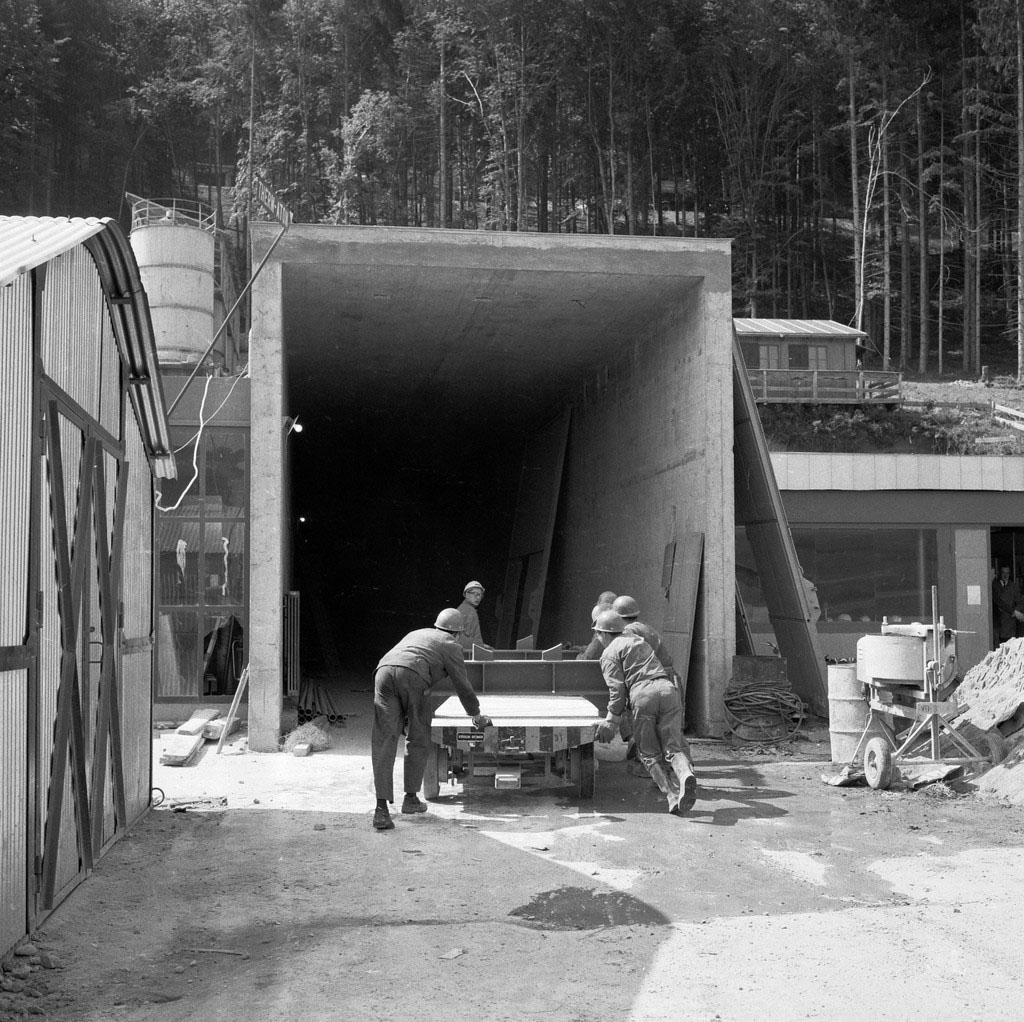
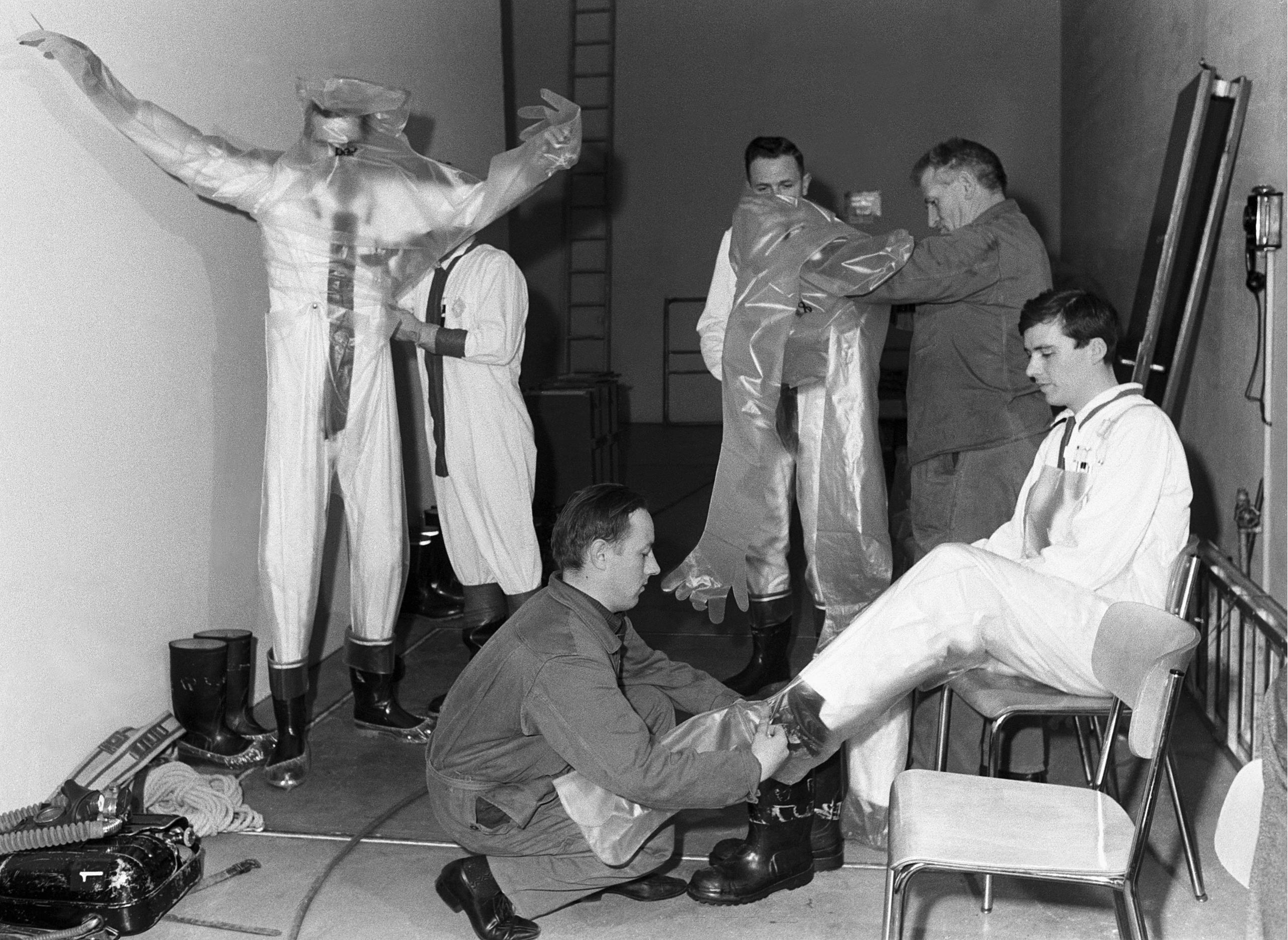
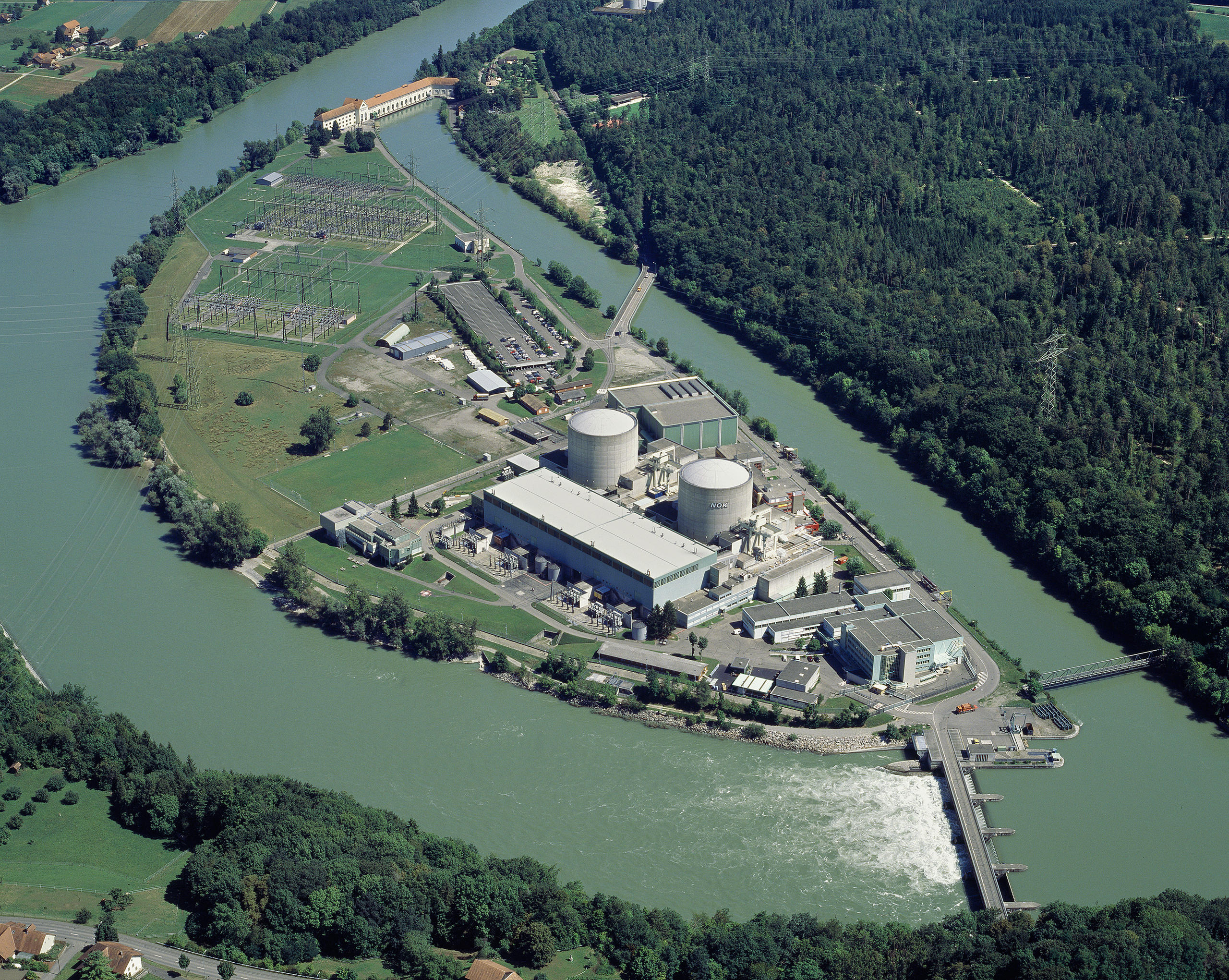
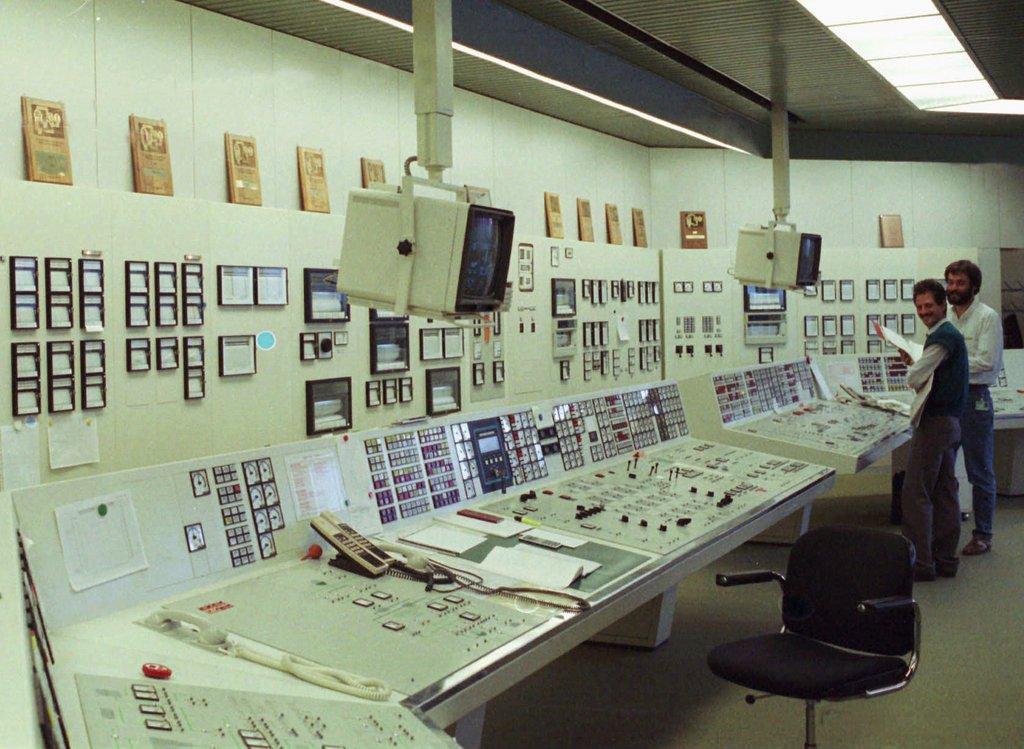
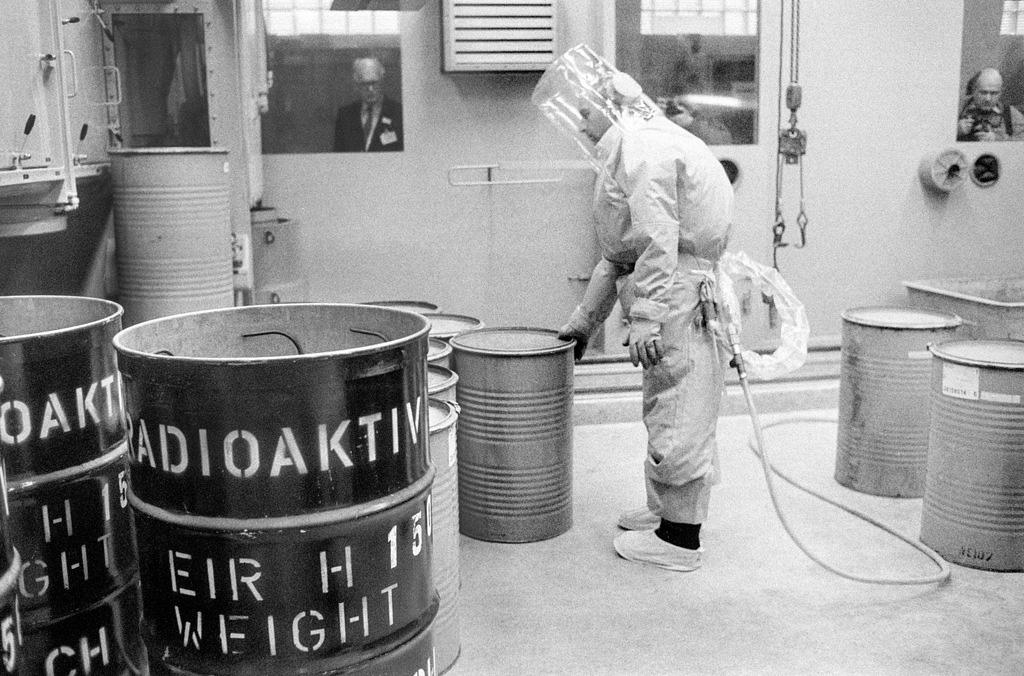

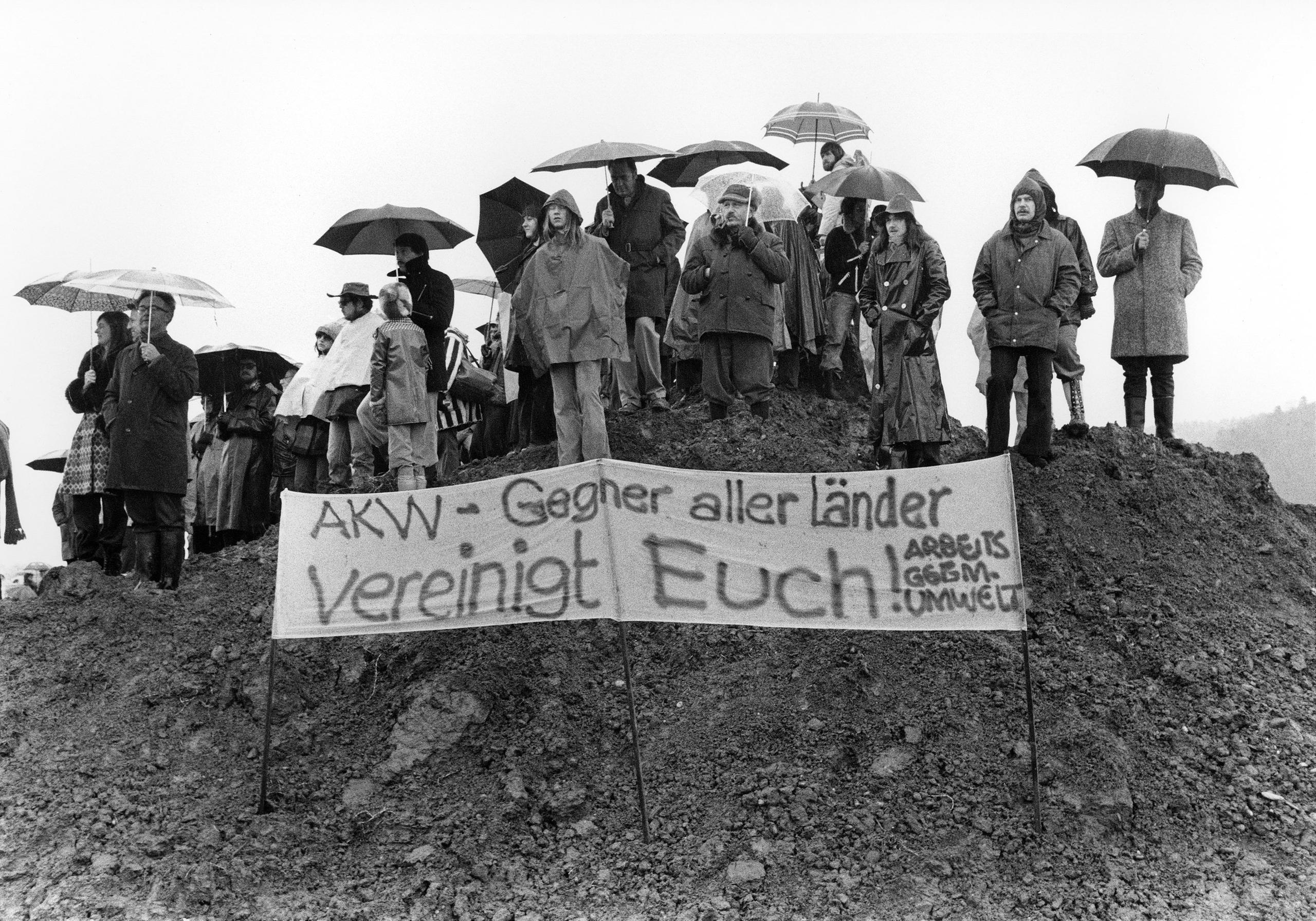
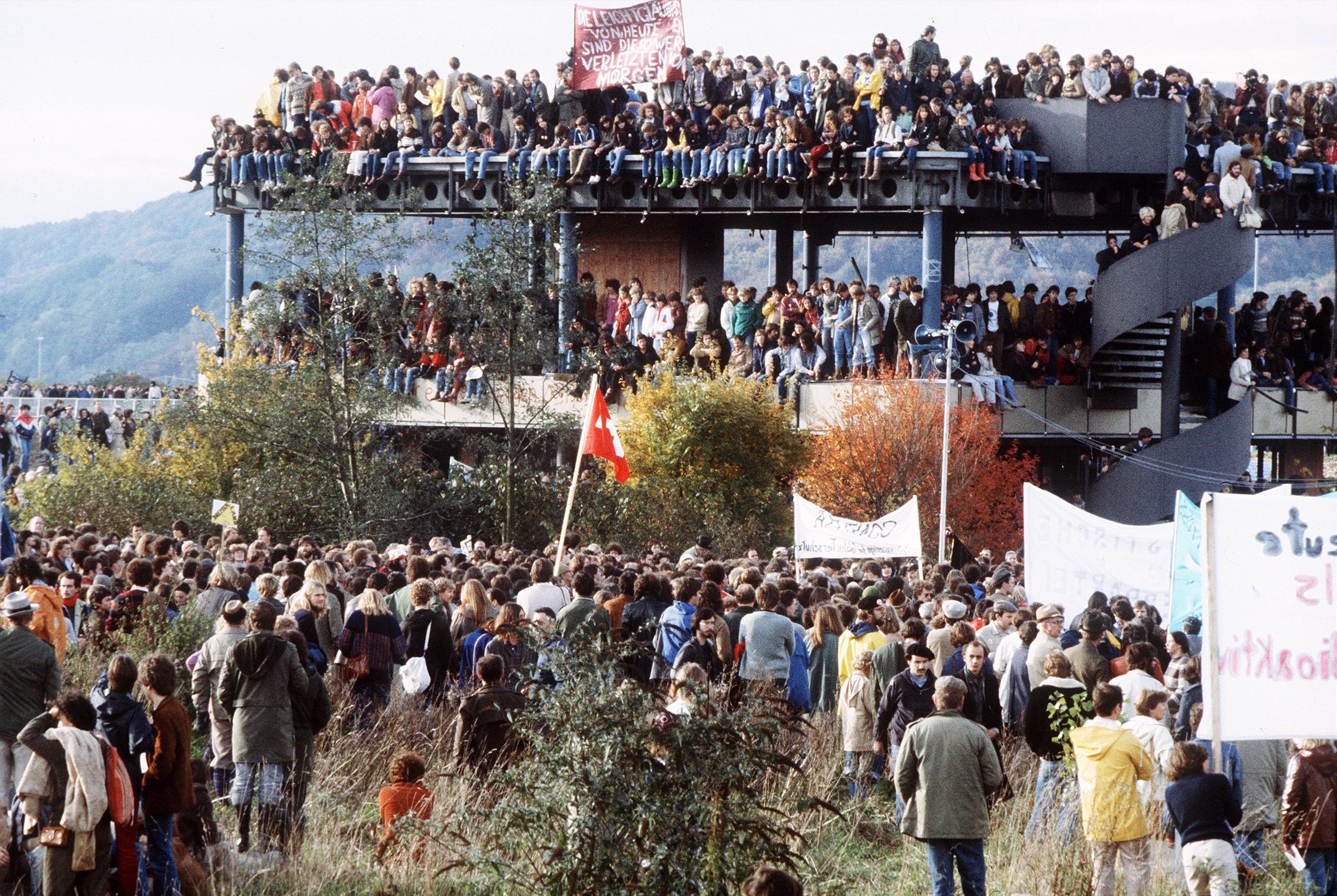
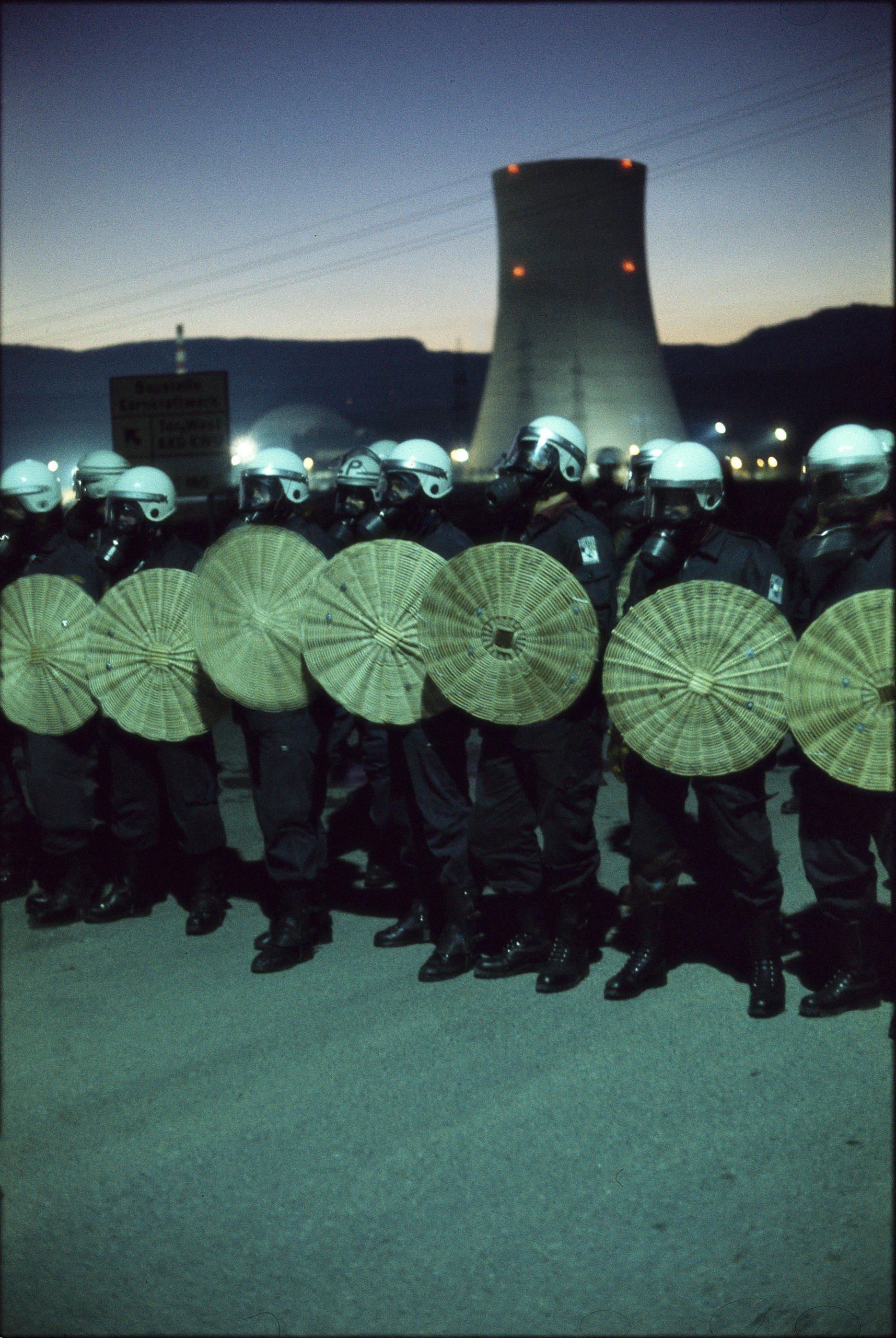
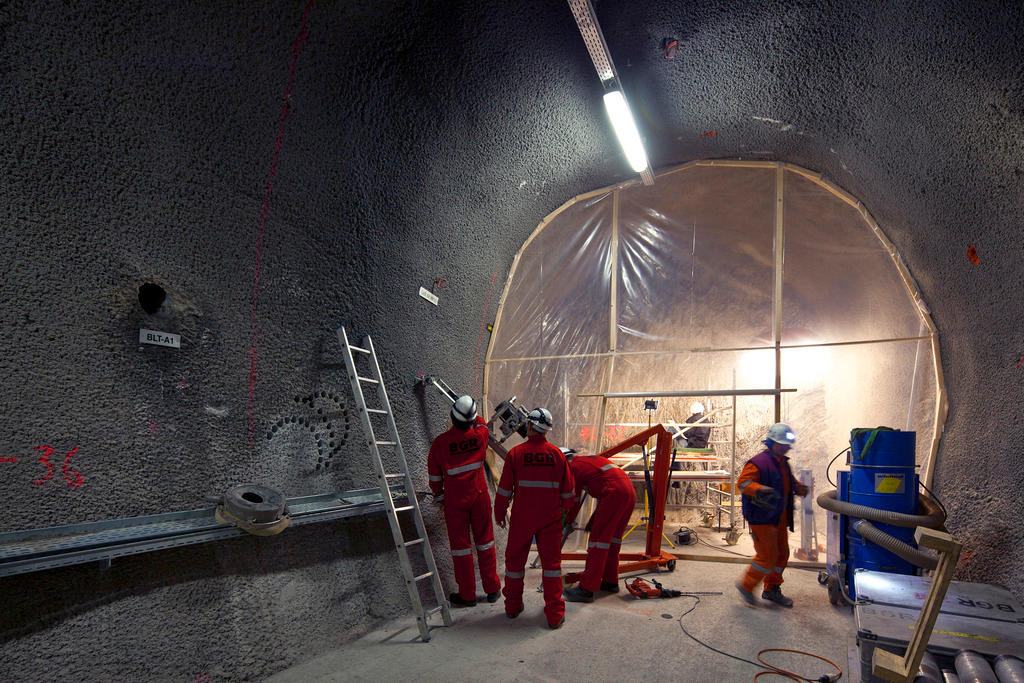
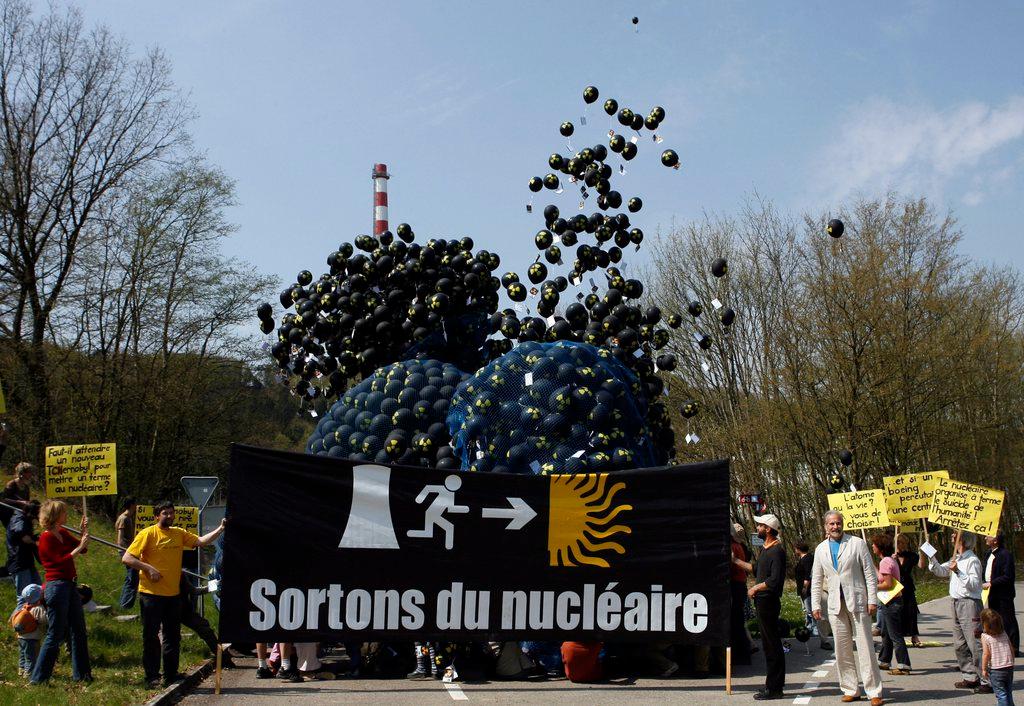


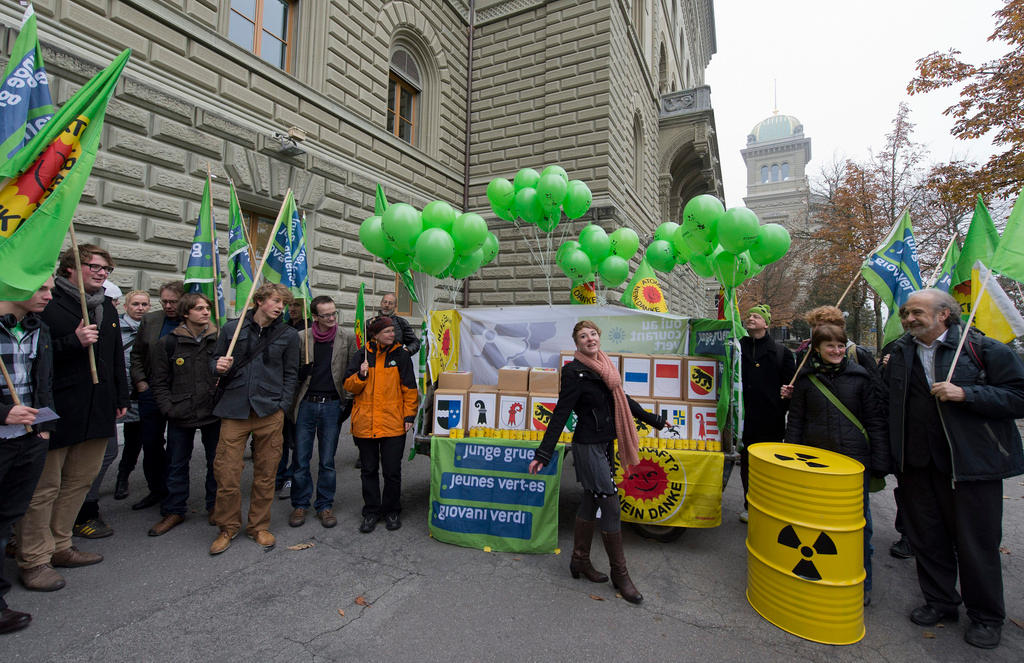
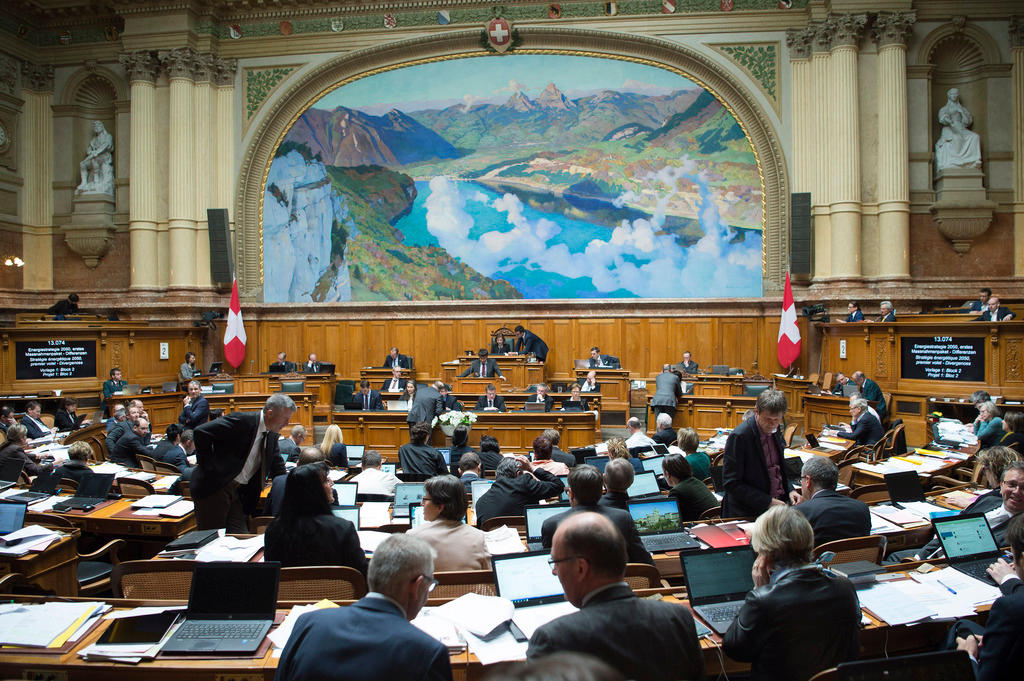
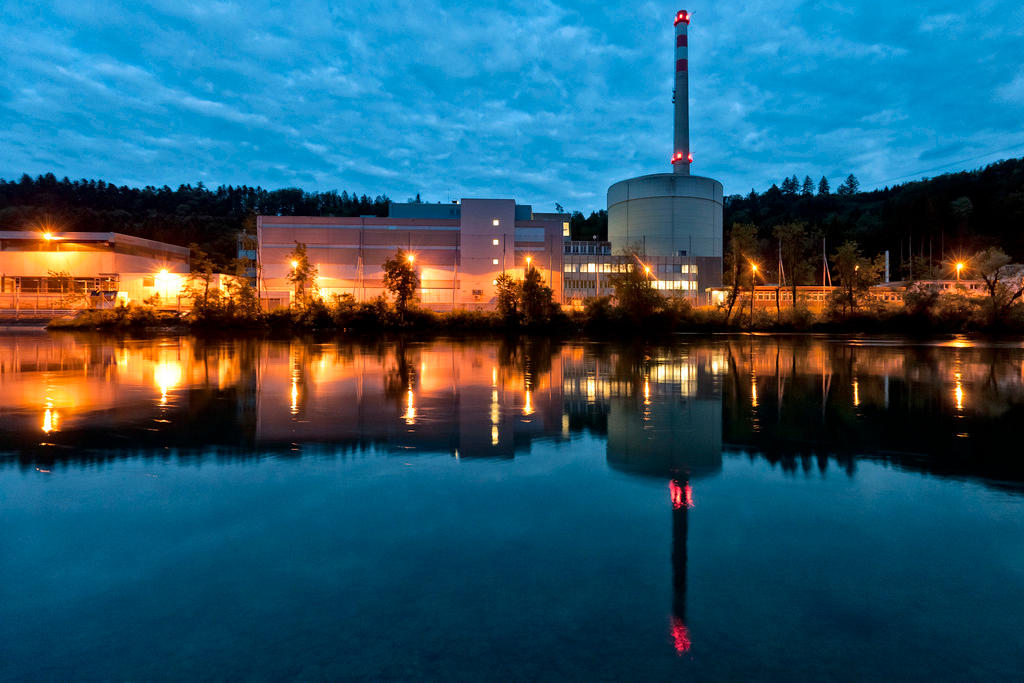

You can find an overview of ongoing debates with our journalists here . Please join us!
If you want to start a conversation about a topic raised in this article or want to report factual errors, email us at english@swissinfo.ch.